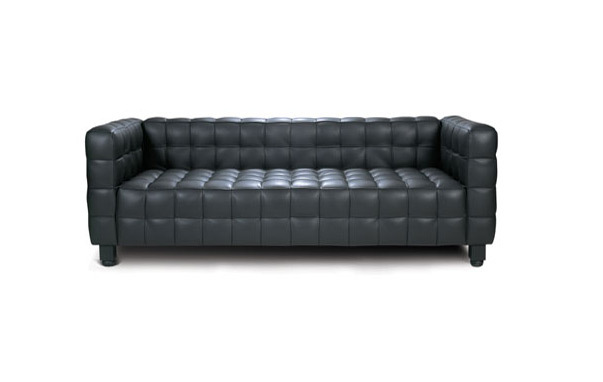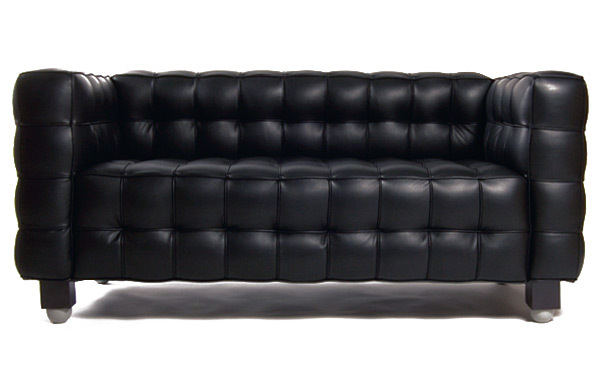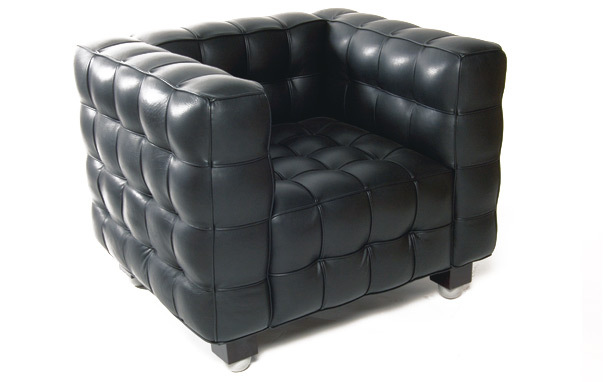Josef Hoffmann
15th December 1870 - 7th May 1956 (Aged 85)
The sheer range of designs Josef Hoffmann created during his lifetime demonstrates a versatility and individuality seldom seen in a single designer. Hoffmann’s architecture and furniture inspired forerunners of both Art Deco and the Modern Movement, and his ornamental detailing and geometric shapes are still recreated by designers today.
Born in Pirnitz, Moravia (now Brtnice, the Czech Republic), Josef Hoffmann studied architecture at the prestigious Academy of Fine Arts in Vienna, where he was fortunate enough to be schooled by Otto Wagner – the world-famous architect who introduced Hoffmann to functional, modern design theories. Upon graduating, Hoffmann won the Rome Prize and a year later joined Wagner’s office in 1896, before forming his own office three years later.
Arguably one of Hoffmann’s greatest contributions to design was to co-found the Vienna Secession in 1903: a community of artists and architects committed to creating architecture, art and textiles that were accessible to the masses. The group championed abstract and functional design over the prevailing conservative, historical influences of the time, and designed buildings as complete works of art, with architecture and furniture working in harmony.
Josef Hoffmann showed huge versatility throughout his career, from the Art Deco-style quirkiness of his earlier works to the trademark geometric lines and functional clarity of his later designs.
Although Hoffmann’s Art Nouveau-style pieces are now highly sought-after antiques, he is best remembered for the grids and squares that became a signature feature of his furniture ranges and a true mark of his individuality as a designer. Josef Hoffmann’s later, more abstract pieces helped inspire designers of the Modern Movement, and brought a purity to furniture design that demonstrated both his originality and vision.



